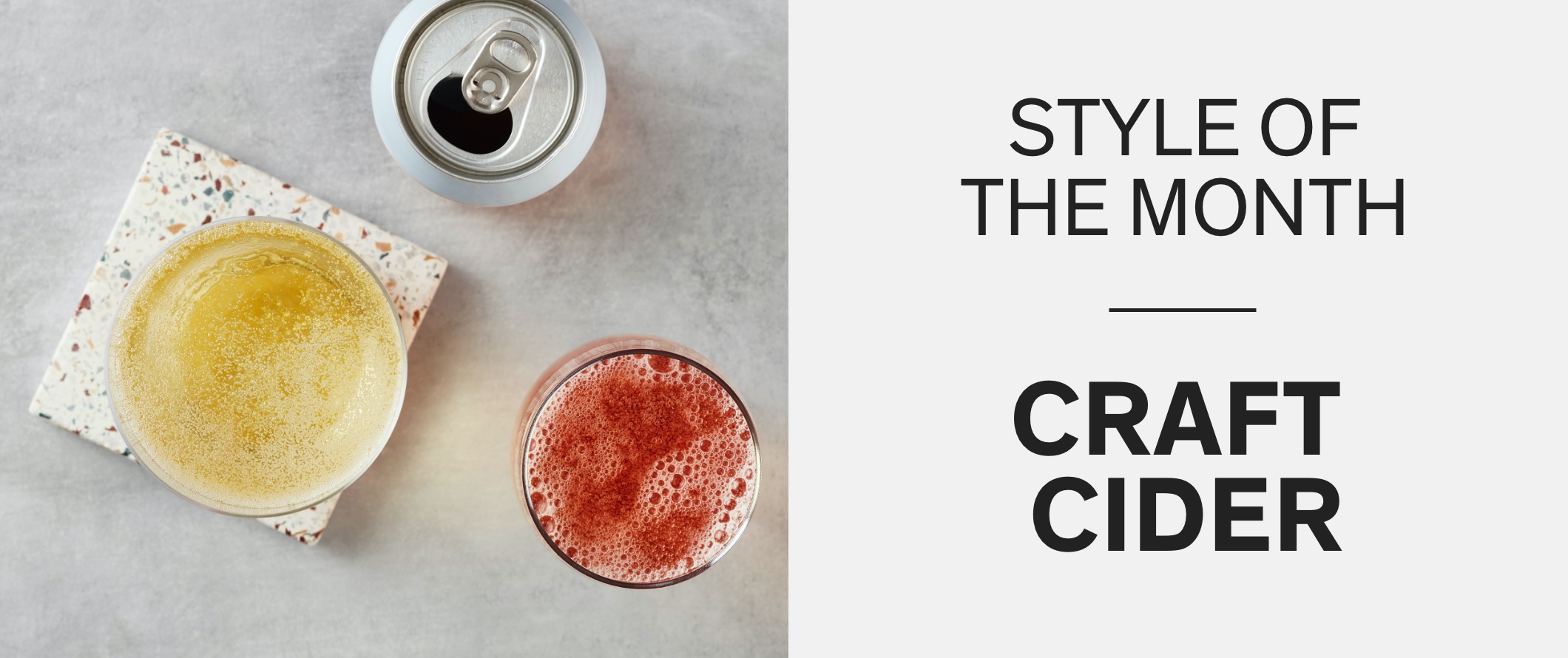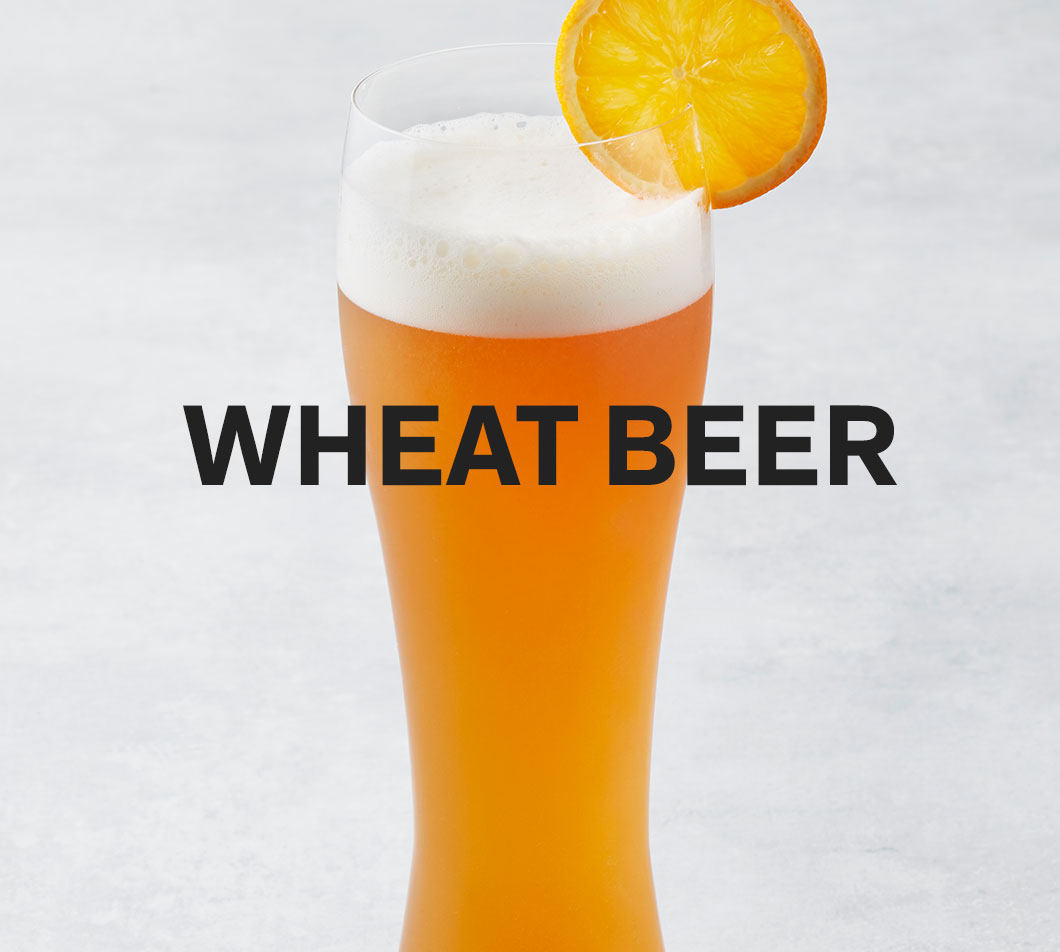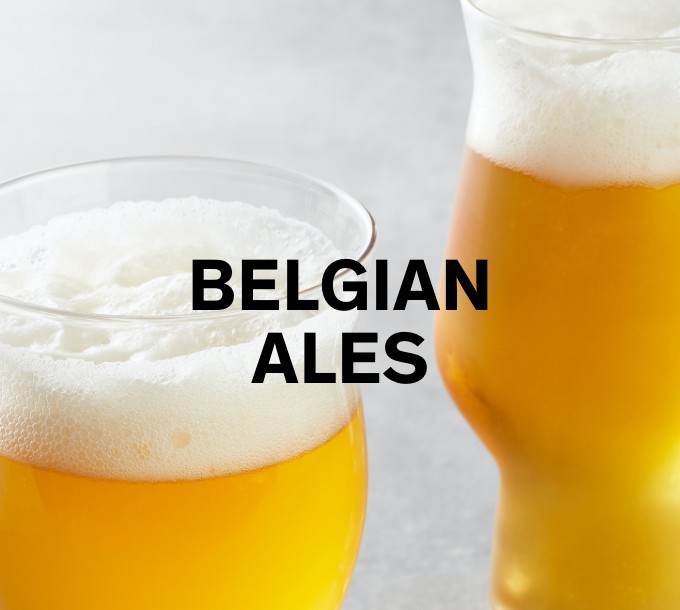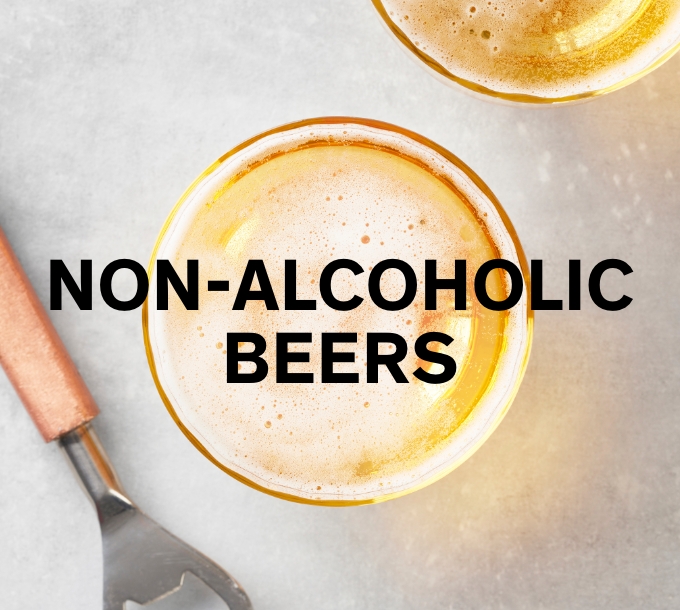Craft Cider

Ontario’s booming cider scene is home to over 60 cidermakers and 700 apple growers. From rosé-inspired tipples tinged pink by red berries, to dry, complex farmhouse ciders made with heritage apples, there’s never been a better time to be a cider enthusiast.
Ready to explore?
Though cider was Canada’s first alcoholic beverage, the industry was wiped out by prohibition. Now, almost a century later, the thirst for local and craft is fuelling a new golden age for artisanal cider.
Ontario is Canada’s largest apple growing region. The cool, temperate microclimate of the Great Lakes produces vibrant, full-flavoured fruit with zingy acidity. While most ciders are made with dessert apples like McIntosh, Red Delicious and Gala, the revival of cider apple varietals, which are dry, bitter and full of tannins, are also making their way into the glass.
Creativity and innovation are at the heart of the cider renaissance. Traditionalists are crafting farmhouse cider on organic orchards, others are perfecting the art of aging and blending in barrel houses, while some are fermenting juice with fruits, spices and herbs in suburban industrial parks. Even breweries are experimenting with cider in the brewhouse.
You may taste
Cider balances sweetness, acidity and tannins and can range from dry to sweet, with a light-to-medium body and mild to bright effervescence. Expect aromas and flavours of fresh apple, citrus, orange blossom, baked apple, stone fruit, green apple Jolly Rancher, botanicals, spice, toasted nuts, caramel or barnyard funk.
Sip them with
What grows together goes together! Savour cider wtih a spread of Ontario cheeses and charcuterie, a roast chicken dinner with seasonal vegetables and apple slaw or a hearty fruit-and-nut topped salad. Cider’s acidity also makes it a great match for pizza.
Serving tips
Most ciders can be served straight from the fridge, though higher ABV ciders (7-10 percent) can warm up on the counter for 10 minutes. Opt for a stemmed wine glass or Teku glass; both offer ample room to swirl and the shape helps aromatics pop.
Try These Picks
Discover More Beer Styles
Beer FAQs
Your Top Questions Answered

What is craft beer?
Craft beer is made by small-scale breweries, often independently owned, that practise traditional artisanal brewing techniques to create authentic and uniquely flavourful beers. These craft brewers may focus on either classic or lesser-known styles of traditional beer, or create innovative new modern brews.

How many calories are in a beer?
A standard 340-millilitre or 12-ounce beer that has five per cent alcohol by volume has about 150 calories. Styles of beer that contain more alcohol, such as IPAs, have more calories — up to 170. Light beers, which have less alcohol, have around 100 calories. While darker beers sometimes have a higher alcohol content and therefore more calories, that’s not always the case: consider Guinness Draught, a dark stout, which has just over four per cent alcohol by volume and 125 calories per 12 ounces.

How many beers are in a keg?
Most standard North American kegs hold 58.7 litres: in terms of standard 340-millilitre or 12-ounce bottles or cans, that’s 165 servings; if you’re counting by 16-ounce pints, its 124 servings. European beers often come in 50-litre kegs, yielding 140 340-millilitre glasses or 105 pints. Smaller 30-litre kegs (sometimes called “pony kegs”) give 82 standard beers or 62 pints. Mini-kegs (Heineken, for example) hold five litres: that’s about 10 pints or 14 glasses.

How is beer made?
All beer is made with four key ingredients: barley (or other grains), water, hops and yeast. First, barley is malted (meaning the grains are sprouted and then kiln-dried) to get ready for brewing. The malt is then mashed, or cooked with warm water, to create a sugary liquid called wort. The wort is boiled with flavouring hops, and then in the final step, it’s fermented with yeast, which creates the alcohol and finished beer.
There are many different styles and regional traditions of brewing, but to simplify, they basically fall into two categories: for ale, the beer is stored at room temperature while the yeast feeds on the sugar in the wort and produces CO2 and alcohol as by-products; for lager, fermentation is the same, but it happens at cooler temperatures so the process takes a little longer

How long does beer last?
Check for an expiry or best-before date on bottles and cans: “best” is best when consumed fresh. Bottles and cans stored at room temperature are safe to drink for at least four months after purchase and up to eight months when it’s stored in the refrigerator or a cool place. Draft or craft beer stored in a glass bottle keeps for two or three days in the refrigerator when tightly capped. And remember, keep beer away from light: it can develop a “skunky” flavour from a chemical reaction to UV light, which is why it’s usually packaged in cans or dark glass bottles.

What is beer made of?
Most beer is made from just barley, water, hops and yeast. That’s all! Each ingredient contributes to the beer’s flavour, as do the specifics of the production process. Some brewers may use other grains, such as corn, rye, rice, wheat or even oats, to produce different types of beer. Some styles even incorporate additional flavouring ingredients, including fruits and herbs.





